Formafantasma's tiles rise from the ashes of a Sicilian volcano
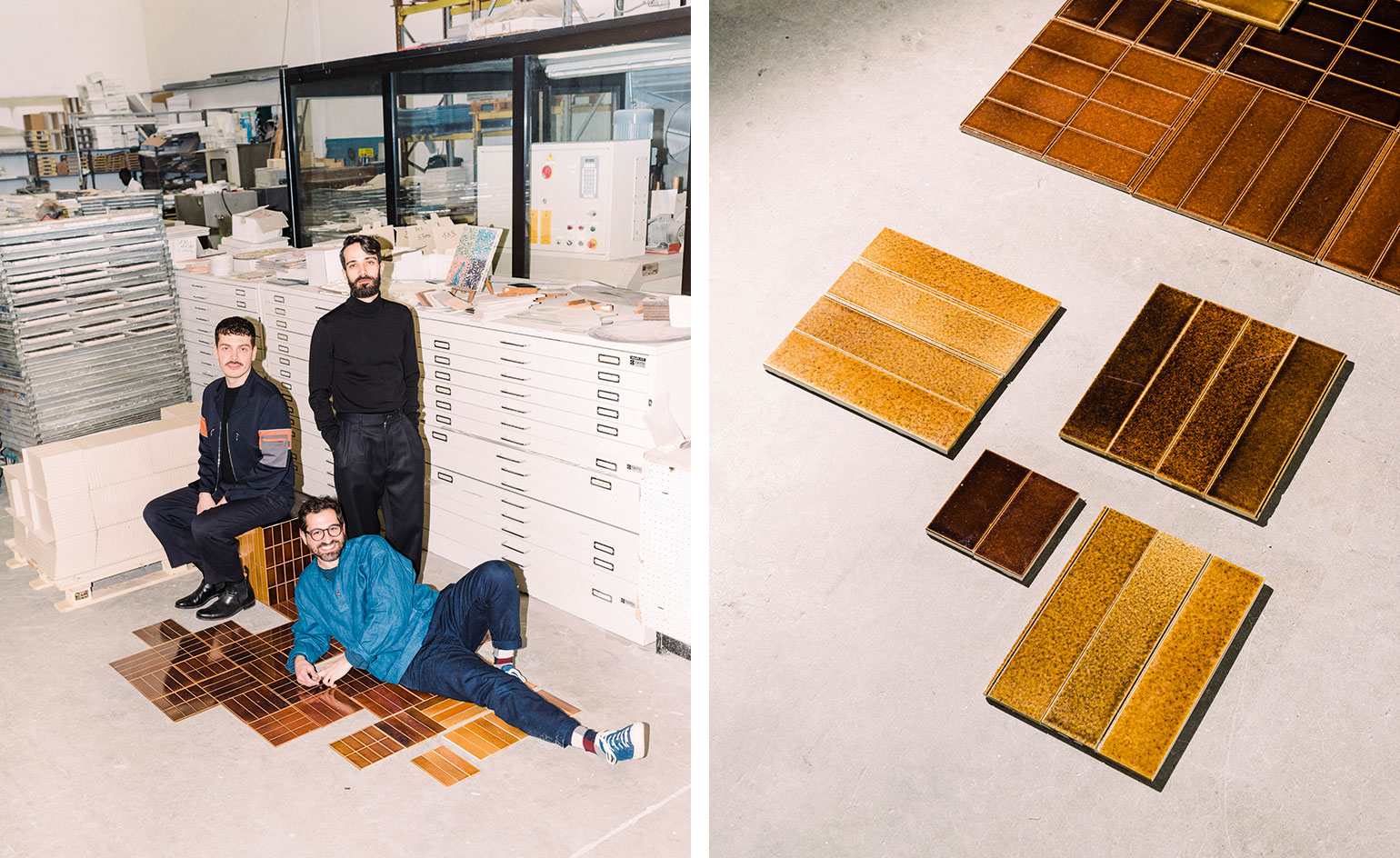
‘This is a collaboration between Mount Etna and us,’ says Simone Farresin, one half of Amsterdam-based design duo Formafantasma. He’s in Sassuolo, Italy, with the other half Andrea Trimarchi, to wrap up a three-year project to transform ash from the Sicilian volcano into tiles for Dzek, the architectural materials company founded by Brent Dzekciorius in London in 2013.
‘We always think that, as designers, we have to decide things, but the world also decides things for us,’ says Farresin. In this case, the ferrous colours and final tile format were determined by Mount Etna. Volcanic ash is the grainy aftermath of molten magma that has erupted from under the planet’s crust. Thrust through the volcano’s crater into the atmosphere, the airborne lava cools into jagged particles of rock, minerals and obsidian glass that fall to earth. Whereas basalt and pumice, the rocky masses formed by igneous rivers of terrestrial lava, have been mined for centuries as building blocks, volcanic ash proved too non-uniform a material, but Formafantasma and Dzek saw a chance to expand the vocabulary of the volcano.
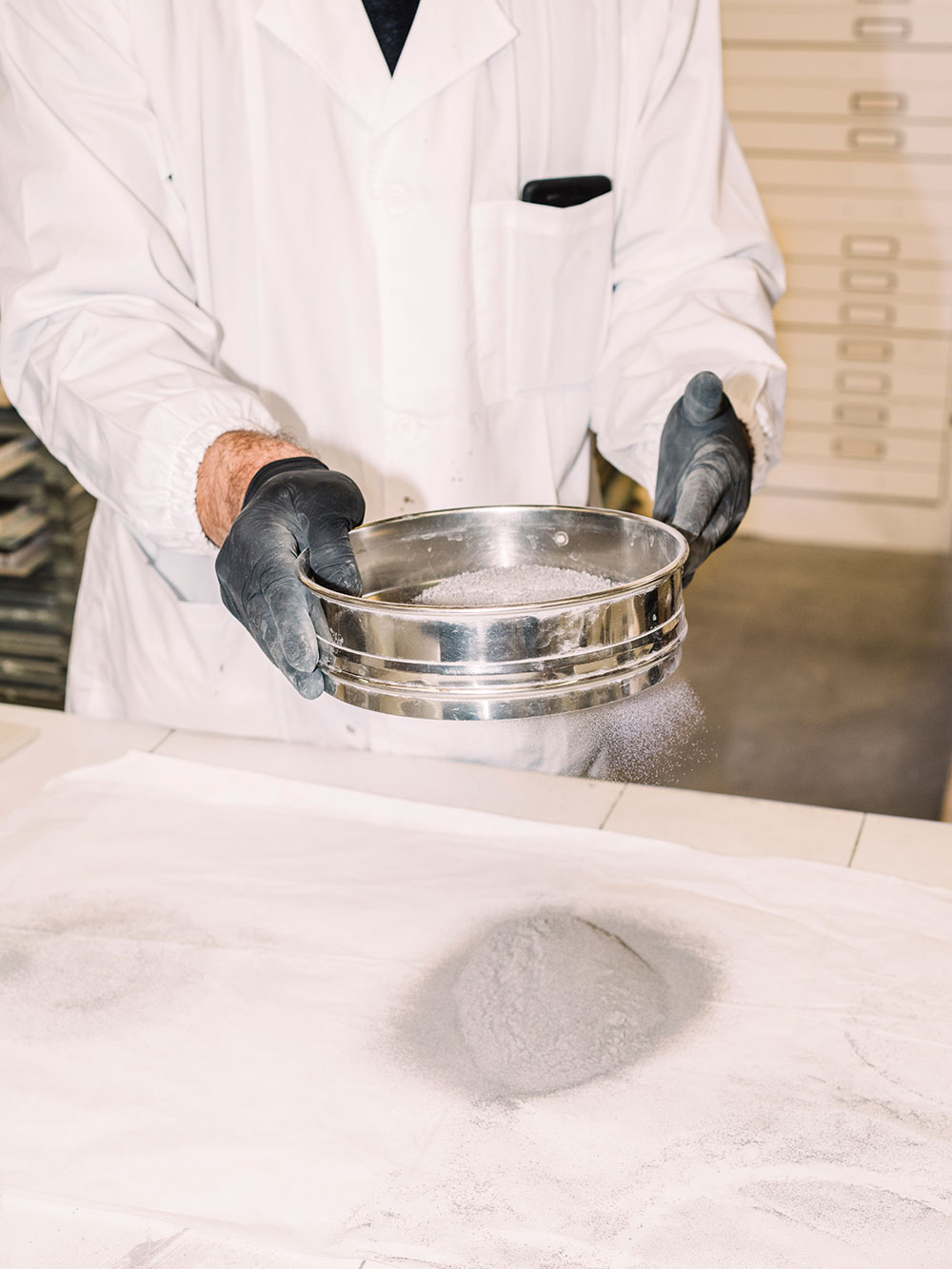
Volcanic ash being sieved to give consistency of grain size.
Chemical tests revealed that blowing glass from the volcanic ash would require introducing additives, contrary to their concept of a purely volcanic obsidian, so they experimented instead with glass bricks, which proved too brittle, and then clay bricks coated in glass, installing a wall of them in Columbus, Indiana, and producing, in the process, a lot of broken bricks and cut hands. Finally, they created non-reactive porcelain tiles with a glaze of melted volcanic ash on top, the version they’ll present in Milan this year. ‘We’re not the kind of designers that send drawings and that’s it. We’re deep into the process of developing the work,’ says Trimarchi. ‘The failures lead you to places your ego never would have taken you,’ adds Farresin. ‘And Brent understood that if something is more process-based, you have to have the patience for it.’
The failures lead you to places your ego never would have taken you
Simone Farresin
At the factory, amid the plastic buckets of pigment and trays of unfired biscuit, sits a botched batch of the Dzek tiles rolled out of the kiln, which have exploded into pieces because of a moisture imbalance. But to one side are the first successful tiles, the ‘ExCinere’ (Latin for ‘from the ashes’), the gleaming burnished slats fluctuating from caramel to deep sienna, the surfaces flecked with unmelted ash particles.
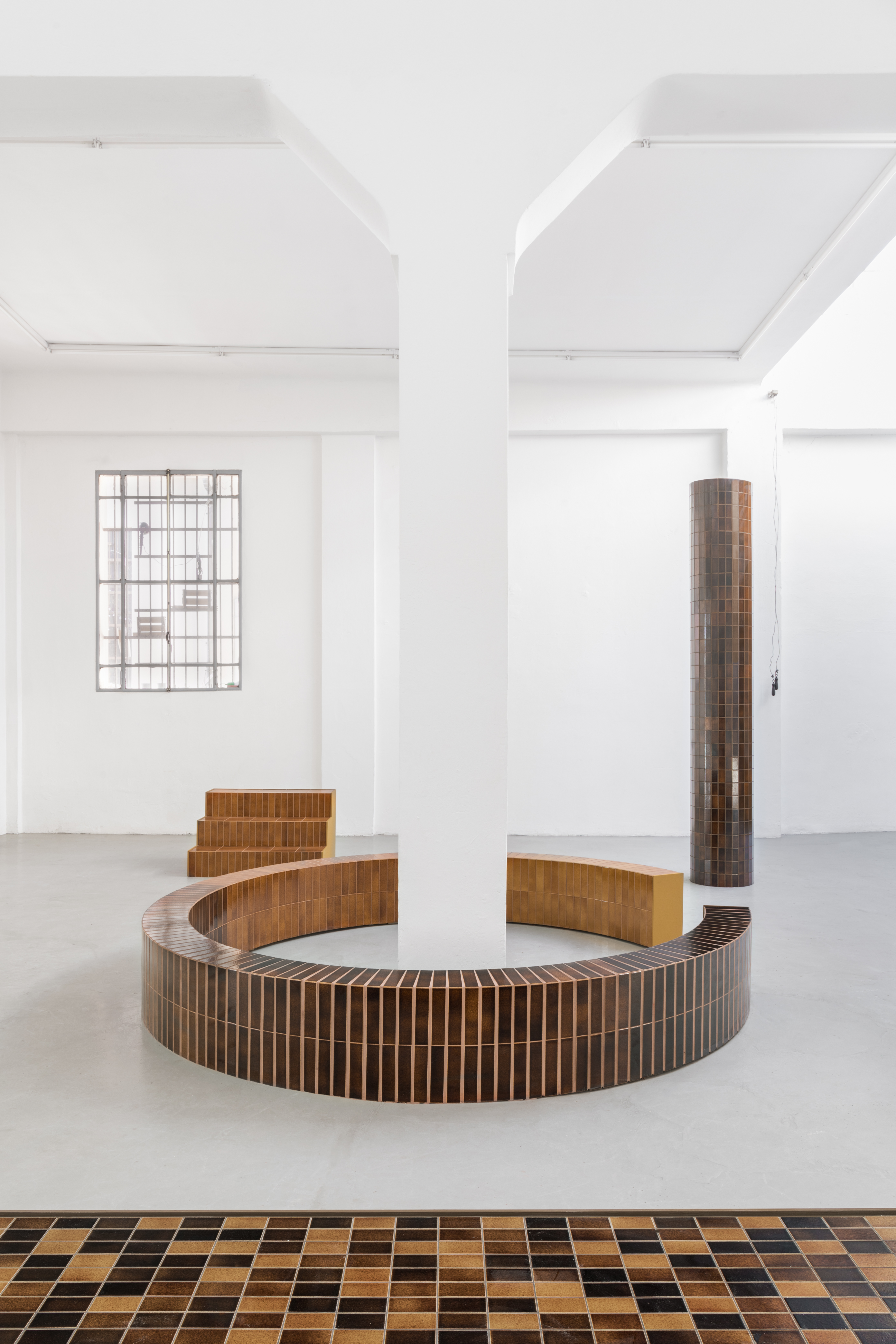
‘ExCinere’ on view at Alcova in Milan.
For their Milan installation, the tiles will be produced in quantities to cover a section of walls, ceiling and floor, along with columns, cubes, tables and other architectural forms. The high percentage of the ash’s iron content creates a range of browns ‘that make them very 1970s in a way,’ says Farresin. ‘But then sometimes process takes you to unexpected places. We’d been considering pastels and almost artificial colours, but these tones are more like life, and they bring back a quality that’s disappearing in architecture, which is the non-uniformity of colour.’
‘In the post-war buildings of Milan, you can still find rich glazes like this; not like today’s digitally printed tiles,’ says Trimarchi, noting that glazed tiles are the original self-cleaning technology, washed of pollution with each rainfall. The Dzek tiles, made for interior and exterior use, ‘take back the understanding of surface in architecture which, since the 1990s has been very flat, very uniform, very sanitised,’ says Farresin, running a hand over the granular face of a tile. ‘Like traditional ceramics, this is more reactive, more mercurial, but we think that’s the beauty.’
As originally featured in the May 2019 issue of Wallpaper* (W*242)
INFORMATION
For more information, visit the Dzek website and the Formafantasma website
Receive our daily digest of inspiration, escapism and design stories from around the world direct to your inbox.
-
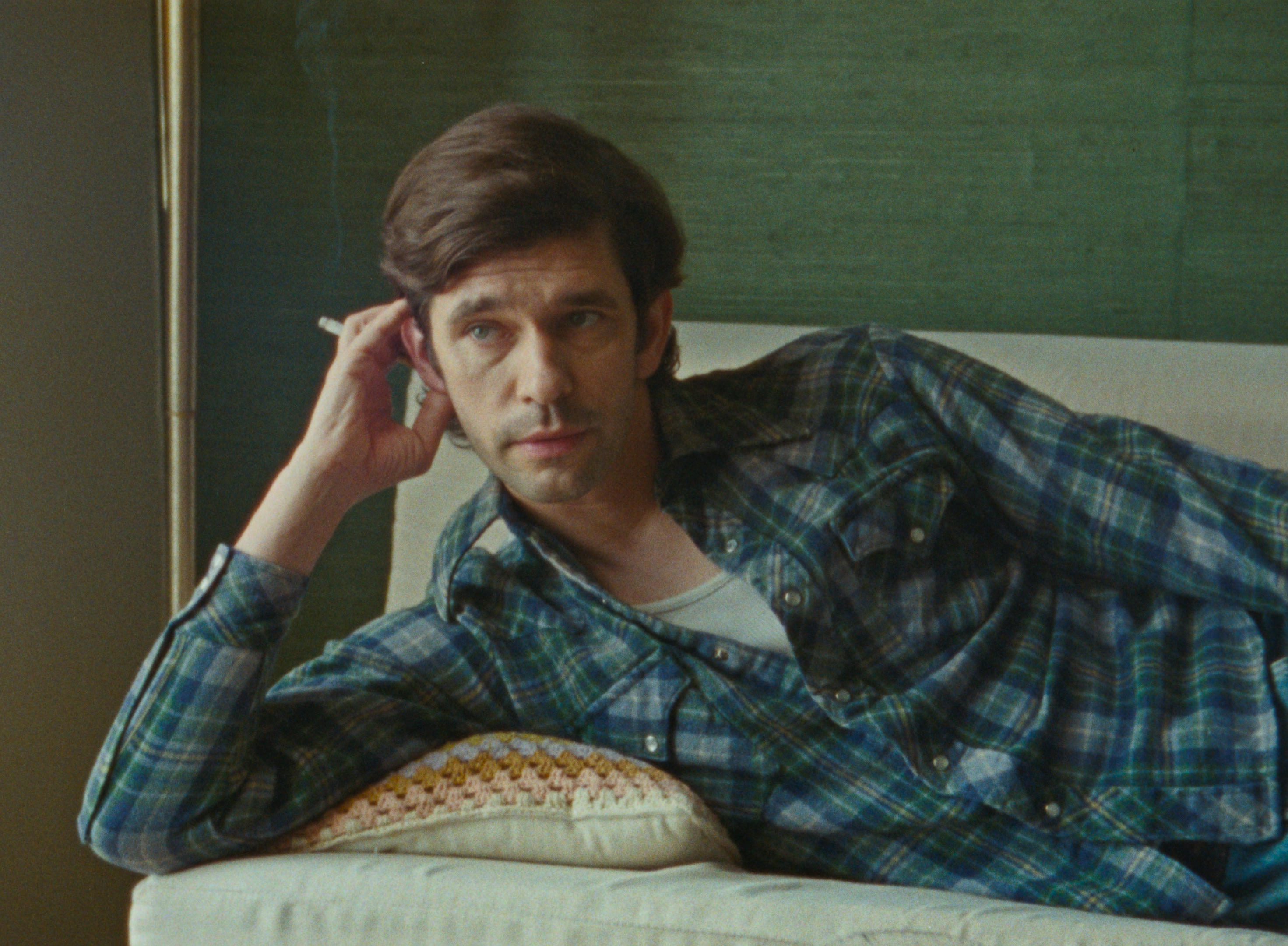 Can the film 'Peter Hujar's Day' capture the essence of the elusive artist?
Can the film 'Peter Hujar's Day' capture the essence of the elusive artist?Filmmaker Ira Sachs and actor Ben Whishaw bring Peter Hujar back to the front of the cultural consciousness
-
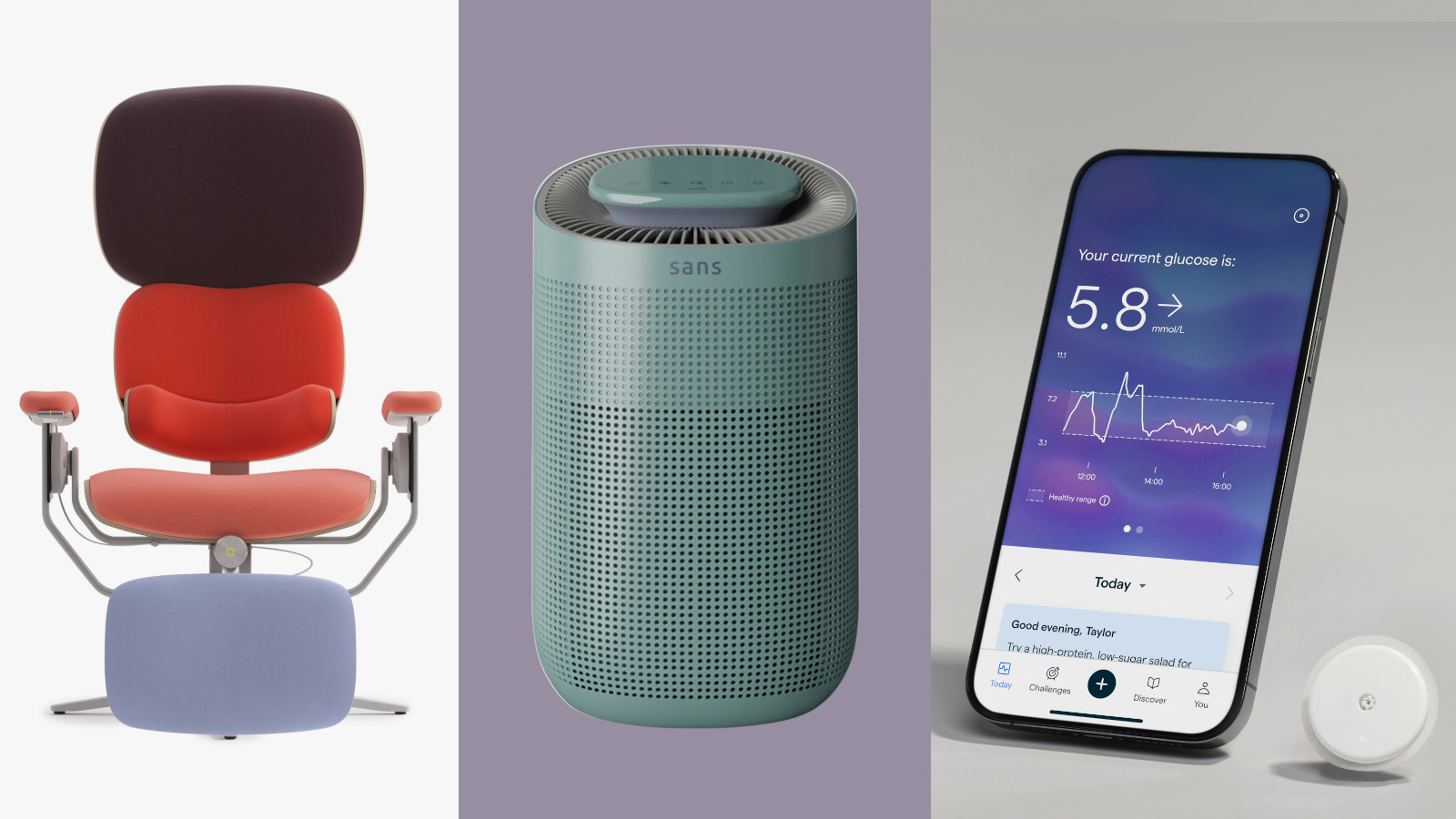 New tech dedicated to home health, personal wellness and mapping your metrics
New tech dedicated to home health, personal wellness and mapping your metricsWe round up the latest offerings in the smart health scene, from trackers for every conceivable metric from sugar to sleep, through to therapeutic furniture and ultra intelligent toothbrushes
-
 Out of office: The Wallpaper* editors’ picks of the week
Out of office: The Wallpaper* editors’ picks of the week'Tis the season for eating and drinking, and the Wallpaper* team embraced it wholeheartedly this week. Elsewhere: the best spot in Milan for clothing repairs and outdoor swimming in December
-
 Ones to Watch: Plaster Paris Studio unites brutalism and bohemia
Ones to Watch: Plaster Paris Studio unites brutalism and bohemiaDesigners Tessa Rose Vardy and Olivia Engelhardt draw inspiration from the urban landscape of Paris and the laidback warmth of the Balearics
-
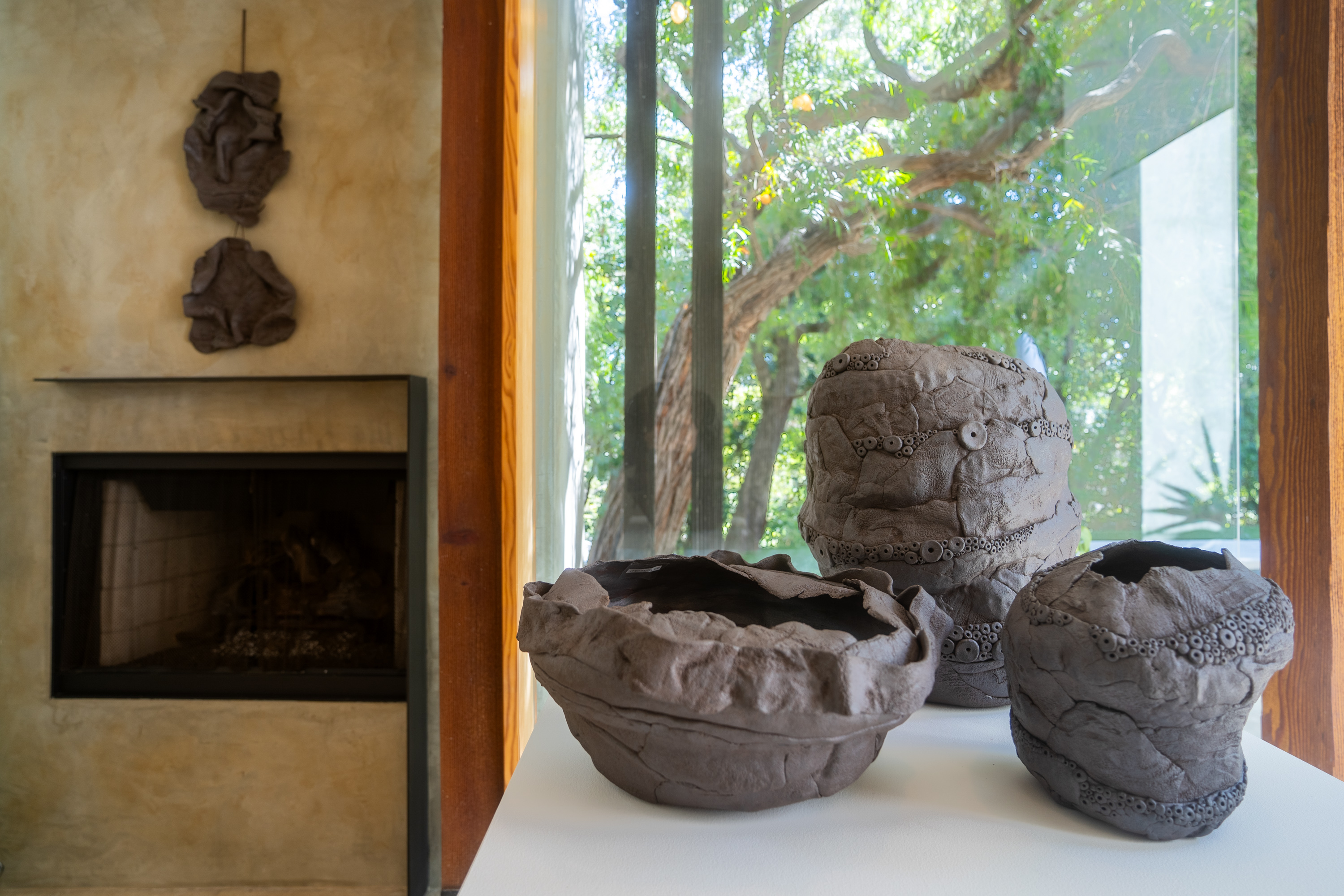 Lois Samuels’ ceramics invite us to find beauty in imperfection
Lois Samuels’ ceramics invite us to find beauty in imperfectionOn view at Twentieth in Los Angeles, the artist’s unglazed ceramics explore ‘life’s intricacies and magic’, she says
-
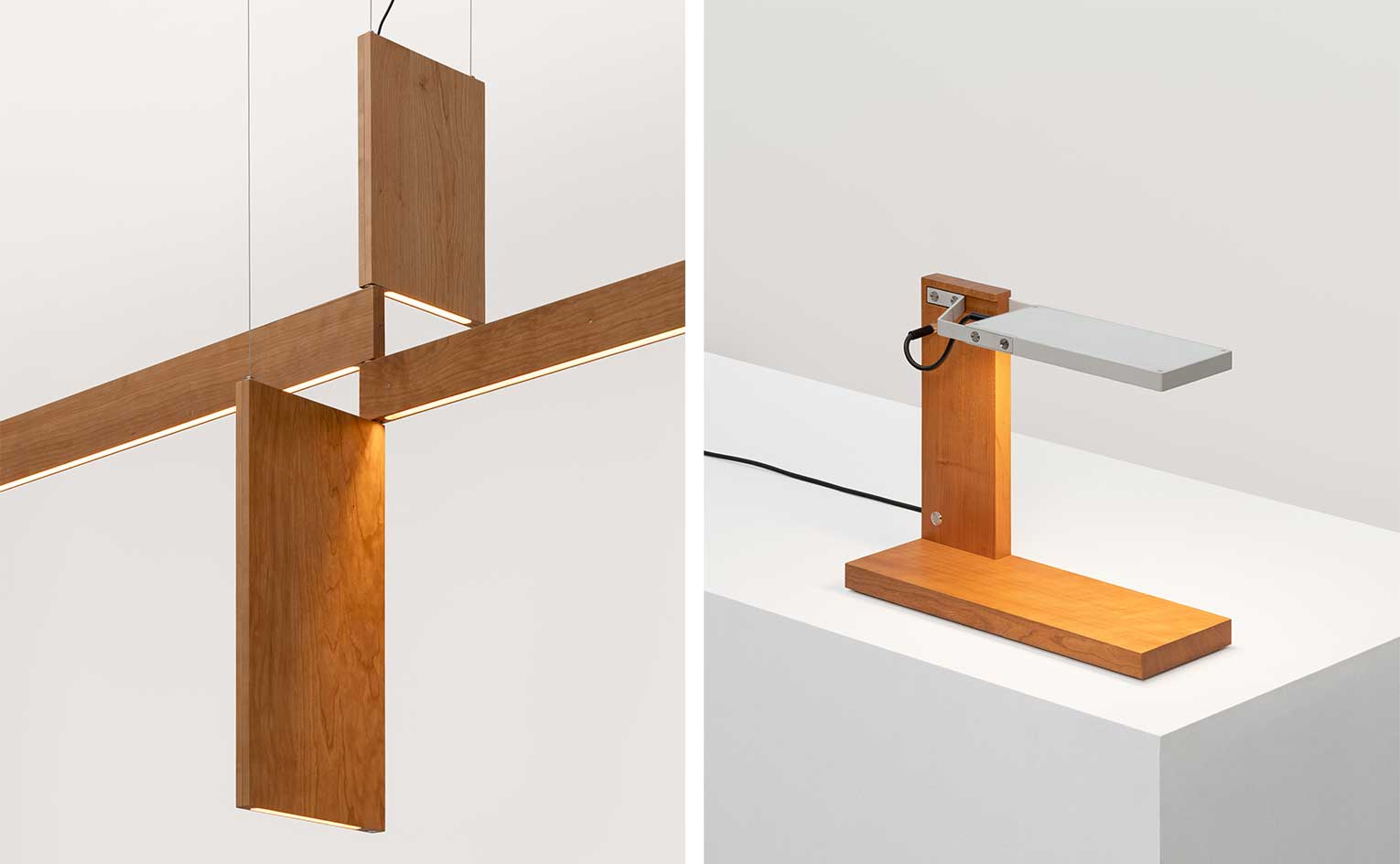 For its New York City debut, Formafantasma goes back to basics
For its New York City debut, Formafantasma goes back to basicsOn view at Friedman Benda this summer, the show is the result of the Milan-based studio's ongoing fascination with history, technology and domesticity
-
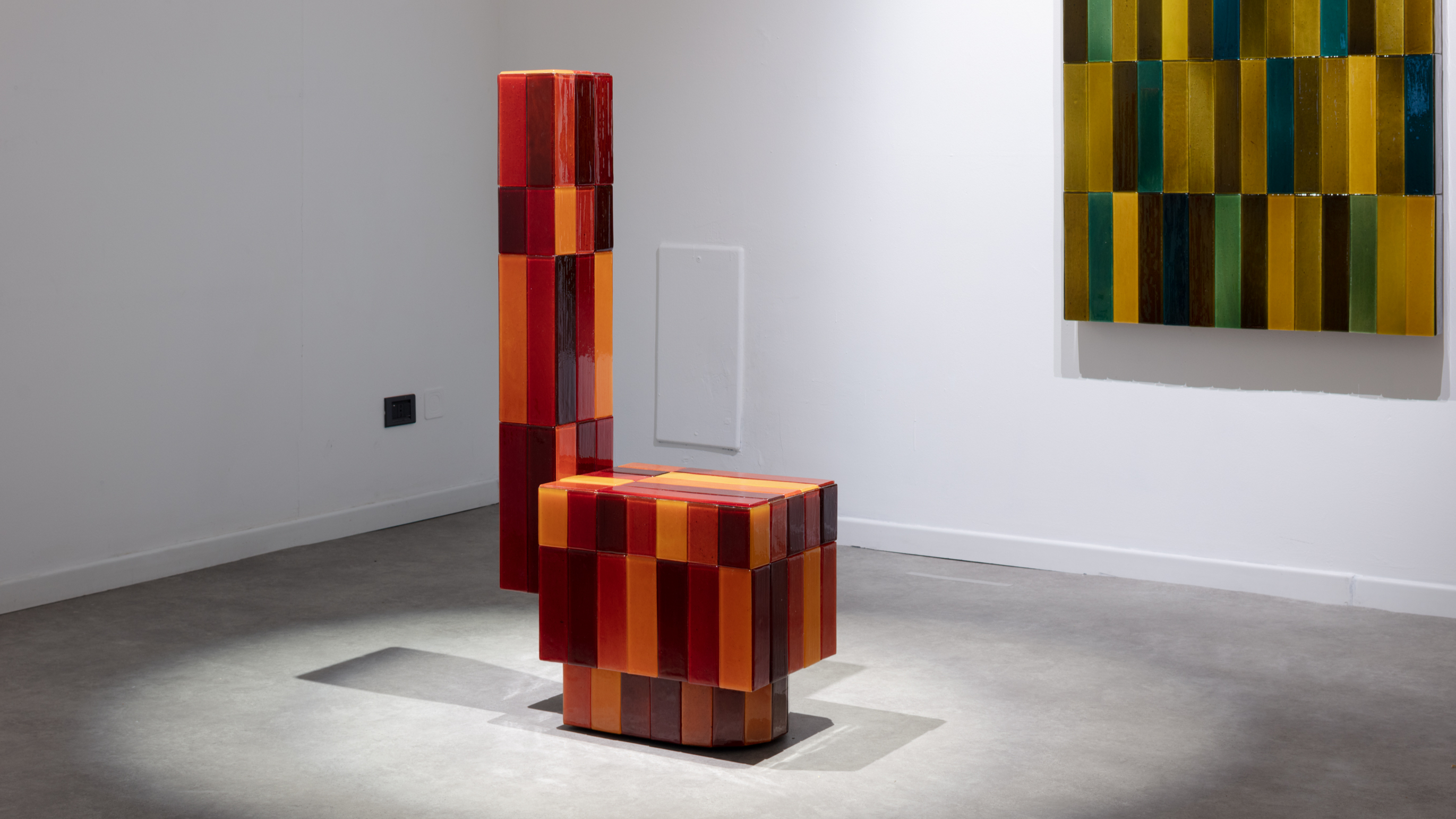 Tokyo design studio We+ transforms microalgae into colours
Tokyo design studio We+ transforms microalgae into coloursCould microalgae be the sustainable pigment of the future? A Japanese research project investigates
-
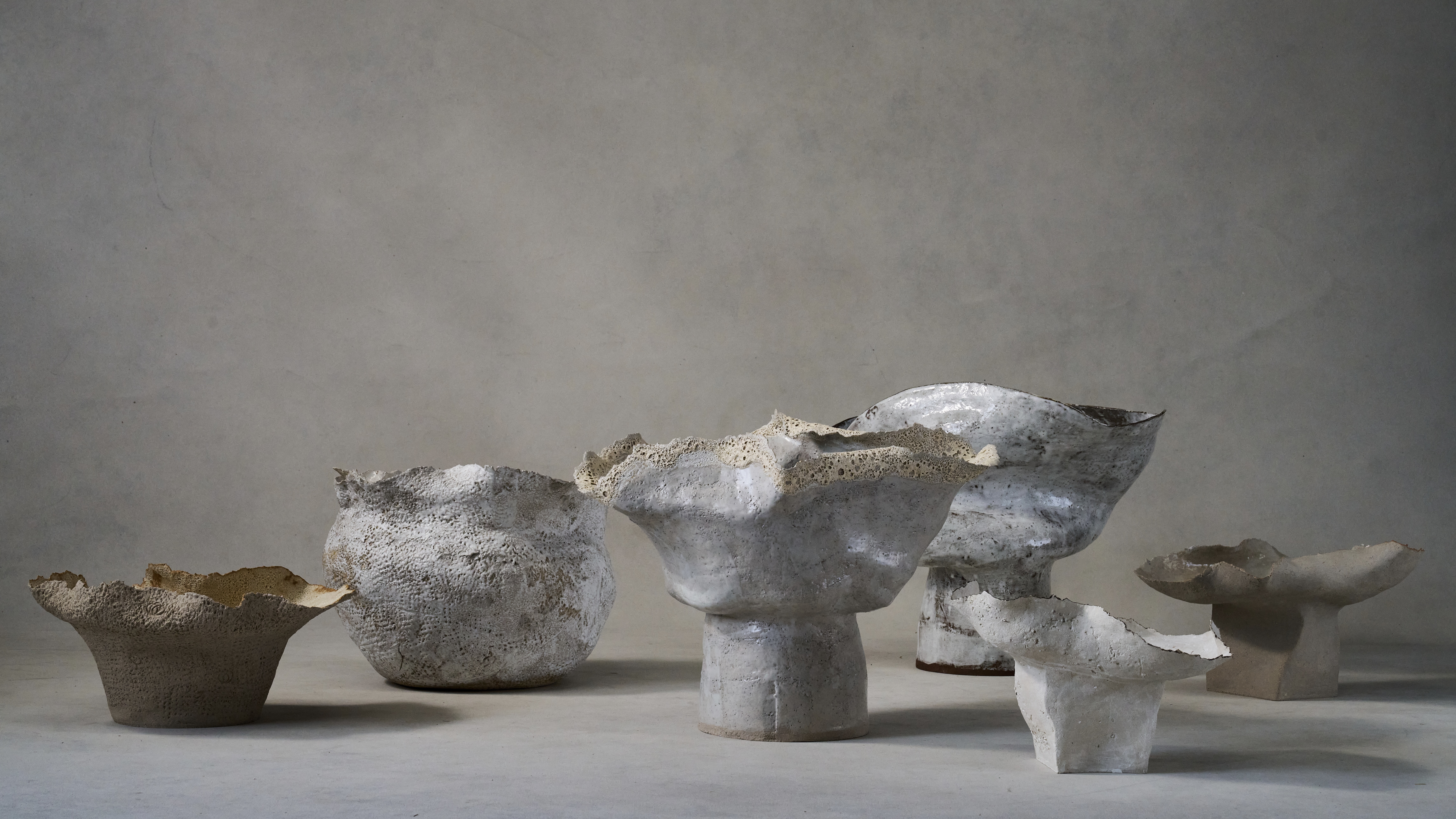 Ludmilla Balkis’ organic, earthy ceramics embody the Basque countryside
Ludmilla Balkis’ organic, earthy ceramics embody the Basque countrysideThe sculptor-ceramicist presents a series inspired by and created from found natural objects in a New York exhibition
-
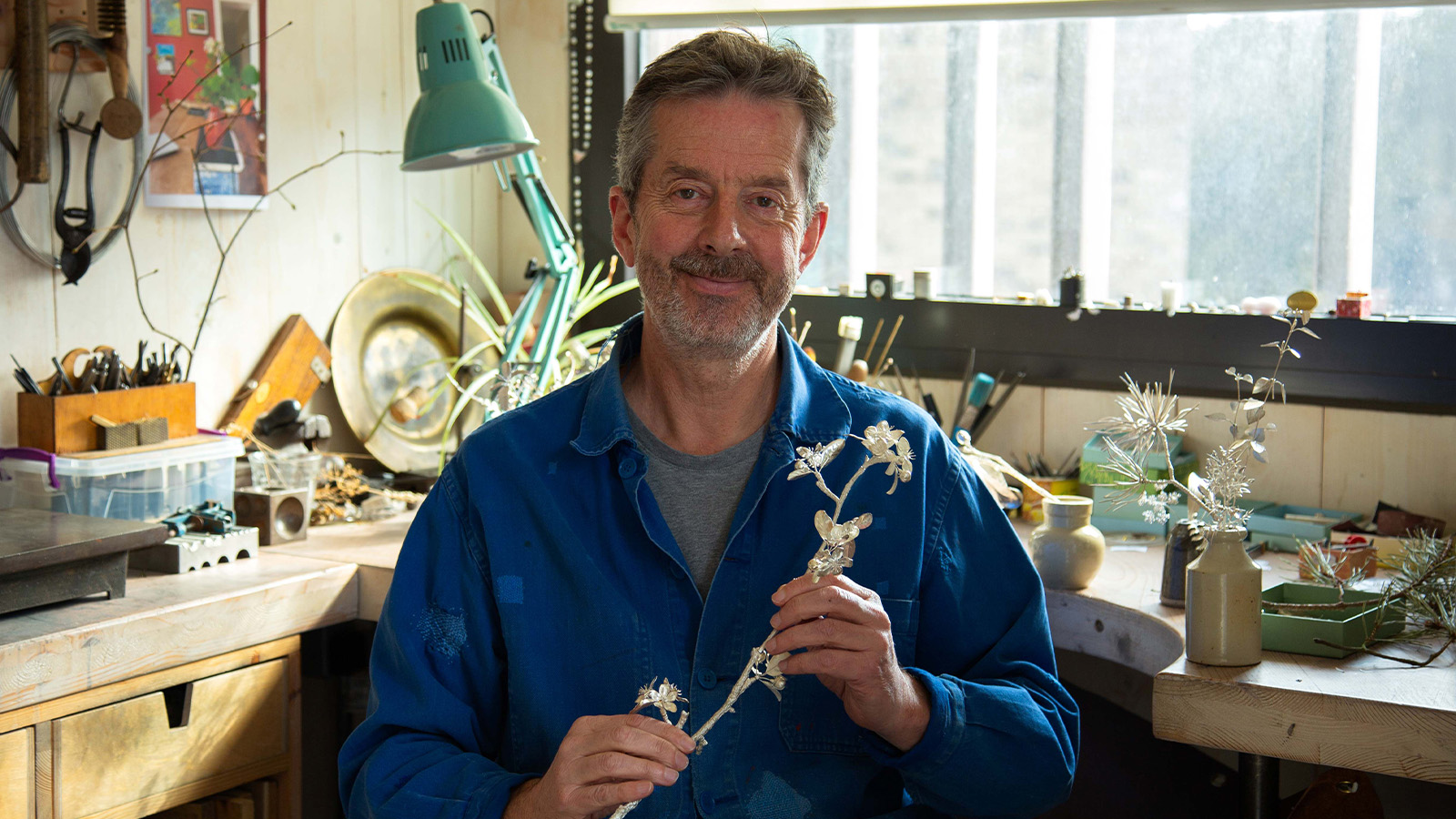 Nature sets the pace for Alex Monroe’s first sculpture exhibition
Nature sets the pace for Alex Monroe’s first sculpture exhibitionThe British designer hops from jewellery to sculpture for his new exhibition at the Garden Museum, London. Here, he tells us why nature should be at the forefront of design
-
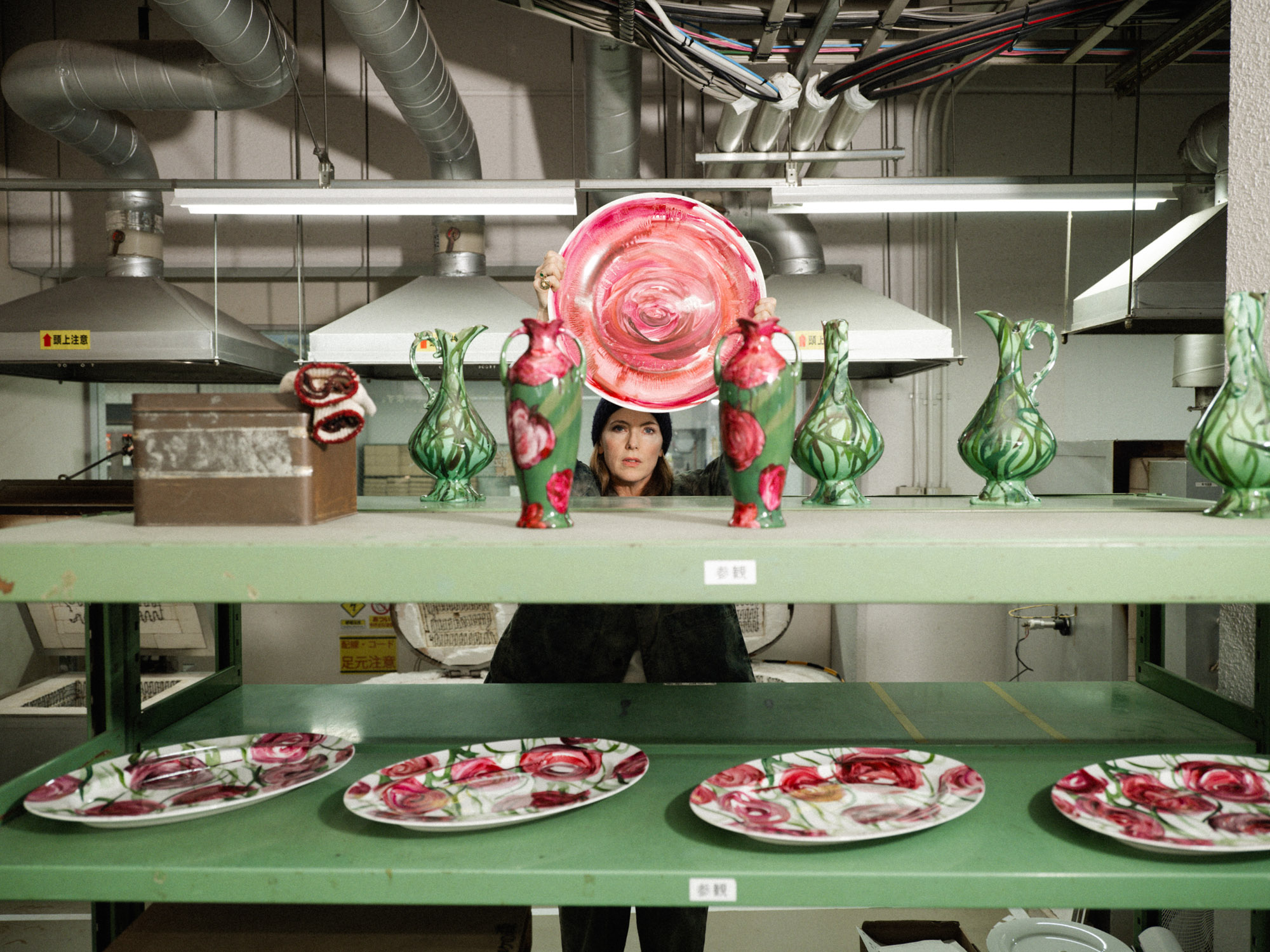 Faye Toogood comes up roses at Milan Design Week 2025
Faye Toogood comes up roses at Milan Design Week 2025Japanese ceramics specialist Noritake’s design collection blossoms with a bold floral series by Faye Toogood
-
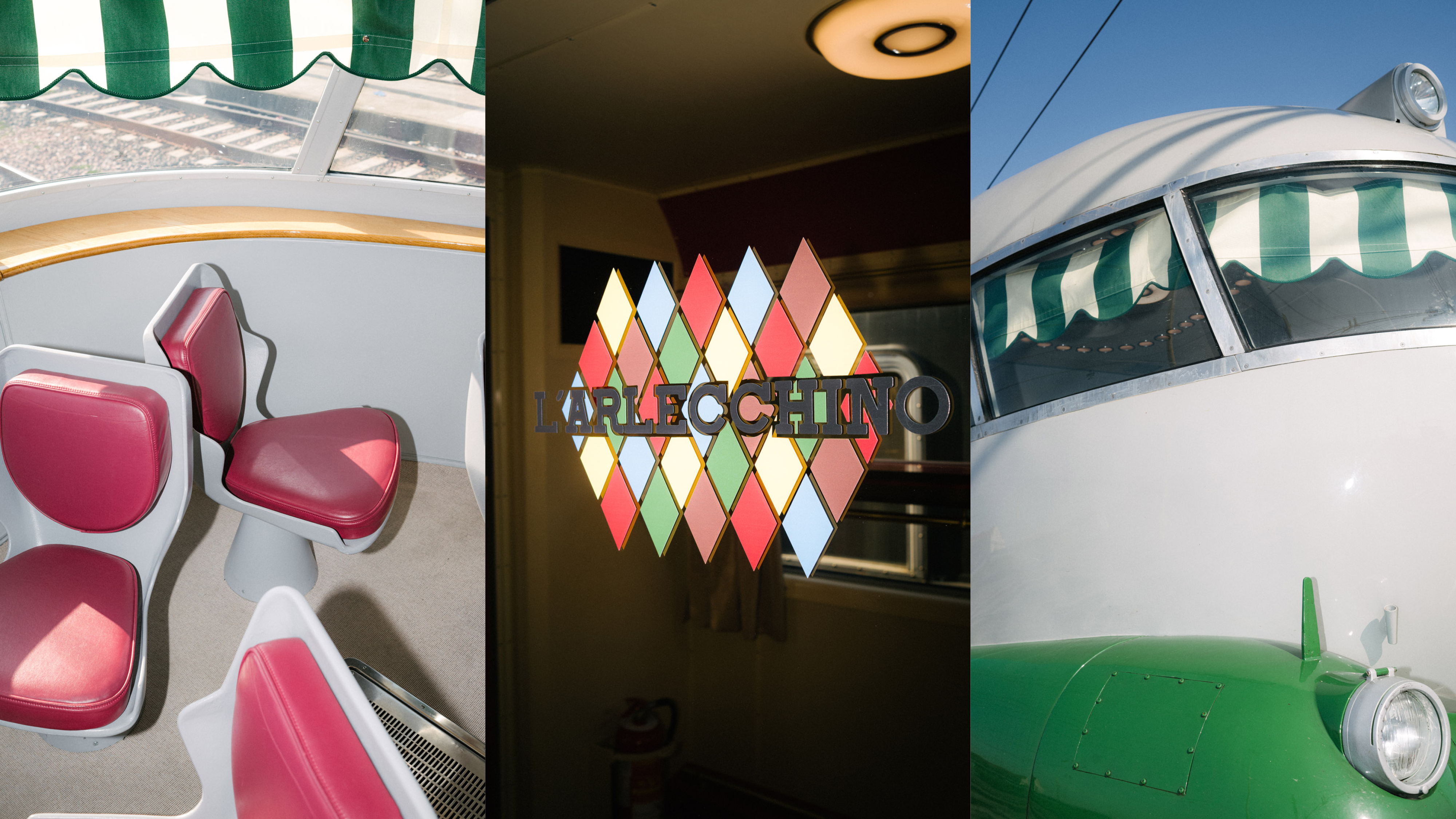 Aboard Gio Ponti's colourful Arlecchino train in Milan, a conversation about design with Formafantasma
Aboard Gio Ponti's colourful Arlecchino train in Milan, a conversation about design with FormafantasmaThe design duo boards Gio Ponti’s train bound for the latest Prada Frames symposium at Milan Design Week